Hobbycraft
CT-114 Tutor in 1/72 scale: kit modelling report of the Hobbycraft kit
The Canadair company designed a standard jet trainer in the mid 1950s. The "CL-41"design had a T-tail and side by side seating. First flight was January 1960. In 1961 about 190 aircraft were ordered for the Royal Canadian Air Force that called it the CT-114 Tutor. It served over 30 years in the training role and also flew with the Golden Centennaires in 1967 and later from 1971/1972 the Snowbirds aerobatic teams.
An armed version was the CL-41G with uprated J85 engine and under wing hard points. The Royal Malaysian Air Force ordered 20 designated CL-41G-5 "Tebuen" (Wasp) and it entered service from 1967.

Hobbycraft from Canada released in 1989 a 1/72 scale kit #HC1362. It was released in several boxes and decals over the years. It is clearly an old kit with about 30 simple parts but it is OK.
Data showed a wingspan 11,07 m and length 9,75 and the Hobbycraft kit is within 0,2mm so good in size.
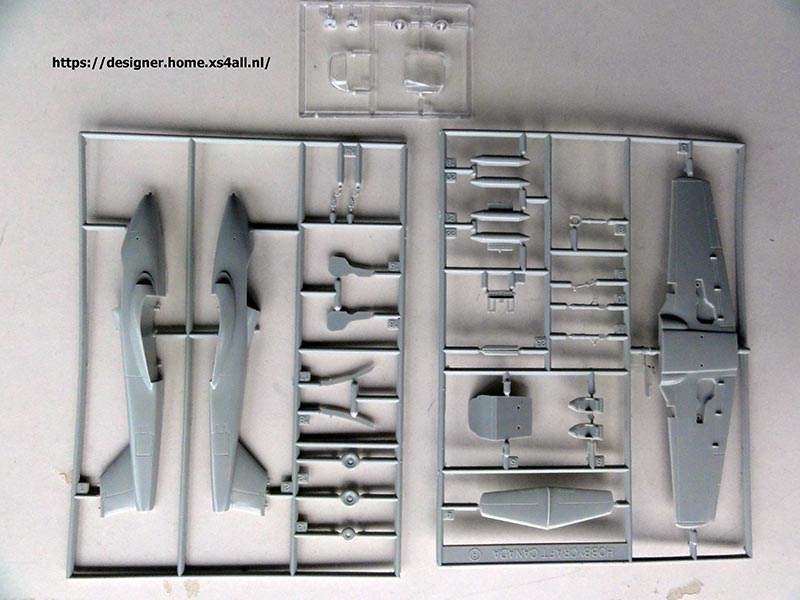
Panel lines are almost non existent. The cockpit is simple with a tub and 2 simple seats and control sticks. One looks straight into the fuselage as no intake ducts are provided. The wing is one piece with moulded in bays which are a bit undeep. The strakes on the nose are a bit thick. (Sometimes I have seen a doppler radar fairing aft of the nose gear at the lower fuselage. This is missing).

The decals in this release are for the Snowbirds. As typical for Hobbycraft most of the decals are inaccurate and useless.
The kit will be made as a Malaysia CL-41 Tebuen with sourced decals and markings from the decal spares box.
I detailed the cockpit with bits and harnesses on the seats and added an instrument coaming.
Inside at the intakes I added a piece of plastic card to shield off a bit the look through. I also drilled open the exhaust and added a pipe.
Before closing the fuselage nose really ensure to put weight in the nose.

The wing followed quickly.
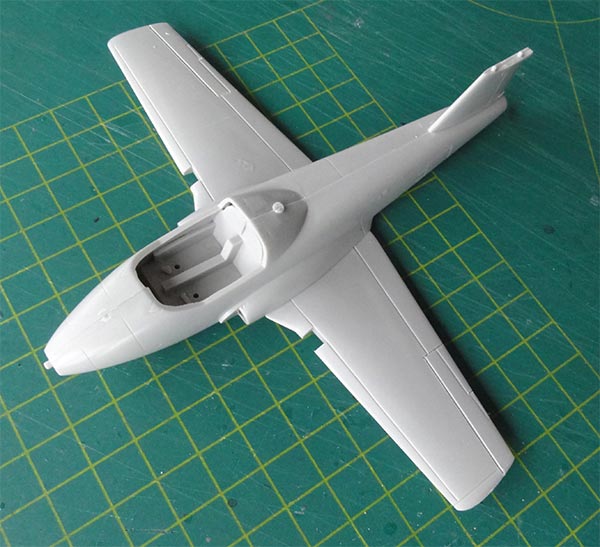
The lights in the leading edge were set in place after a bit of sanding to get a flush joint.

On the Malaysian CL-41G I saw a sort of Doppler fairing below the nose. This was made from a part found in the spares box.
A little putty and white glue was only needed along with some sanding to get a neat assembly. Next followed a first base coat of grey to check airbrushing Revell aqua 75 grau.
When all looked OK, the final colours were airbrushed. I settled for:
- lower surfaces BSC 627 Light grey using Gunze Sangyo 332;
- upper green BSC 641 with Gunze Sangyo 330.
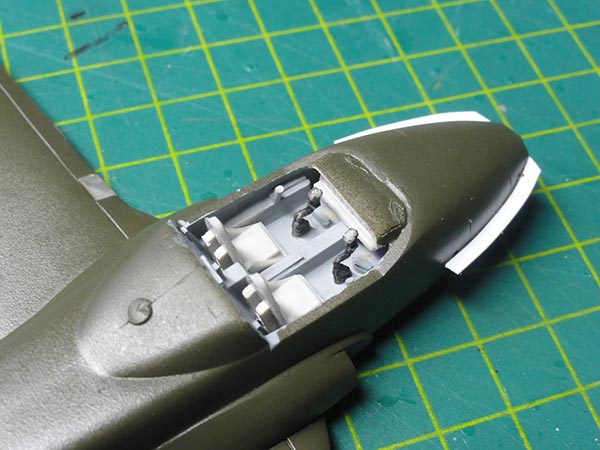
I forgot the nose strakes before airbrushing. The kit parts #17/ 18 are thick and I made new ones from card. On the nose there are 2 transparent light caps, I did not see the difference.
I painted the cockpit interior medium grey (though unsure about the colour). The windscreen was set in place with a coaming made from card. Some white glue filled the tiny gaps.
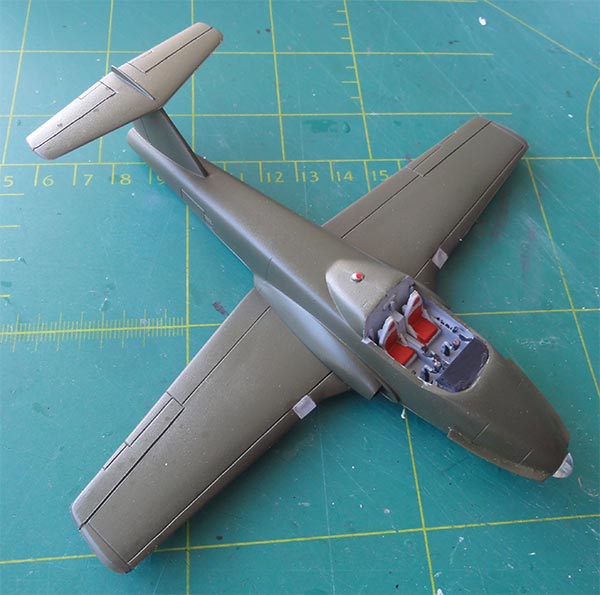
Next followed decals sourced from the decal spares box. The Malaysian "squares" are about 11x11mm on the wing and about 9x9mm at the fuselage sides. The flag on the tail is about 8 mm wide.
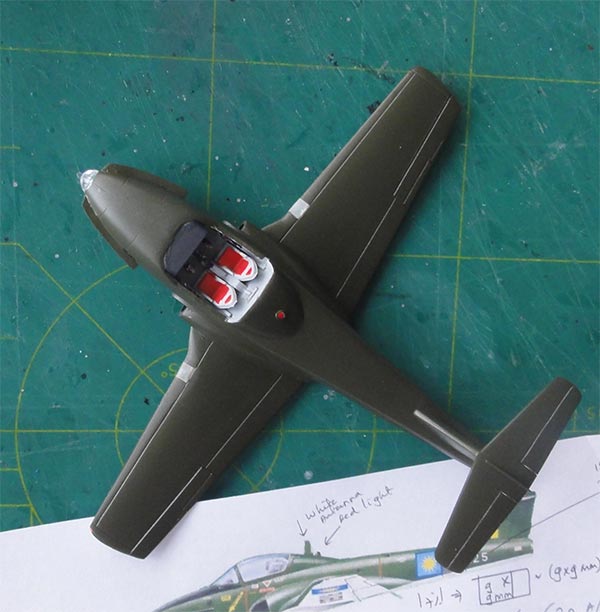
A large issue were the white prominent walk way lines. I got a white stripe decal set from the Fantasy Printshop, ordered online.
The white registration number needed a bit improvisation as I could not find the exact correct decals for the numbers.

After decalling the model was further finished.
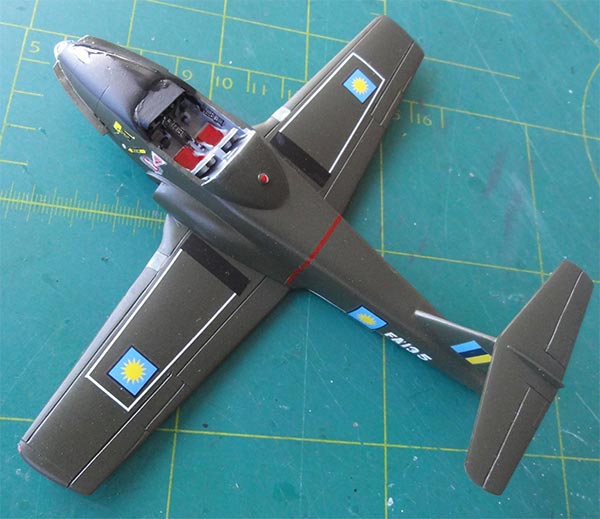
The kit landing gear is a bit simple. I added hydraulic lines from metal wire. The doors are rather thick and sanded thinner or replaced with card. The nose gear leg fork was made thinner as it is a bit crude.
The canopy would be set tilted open. The frames were painted. Harnesses on the seat added made from tape and bit. Mirrors were also installed made from scrap.

The two lower pods were added as per kit. The flying surfaces were given a light wash with very thinned black paint and some panels were marked with a soft pencil.
Anti-collision light notches were cut out at the wing tips. These notches were filled with Micro Kristal Kleer and when dried painted with transparent Tamiya paint blue and red.
On the spine a large white antenna and transparent red light knob from the spare box was added as well. A pitot added on the right wing leading edge made from a metal needle
I covered the model also with a few coats of semi-gloss, in this case with Johnson Future/Pledge FloorCare acrylic with 10% mixed in Tamiya Flat Base X-21.
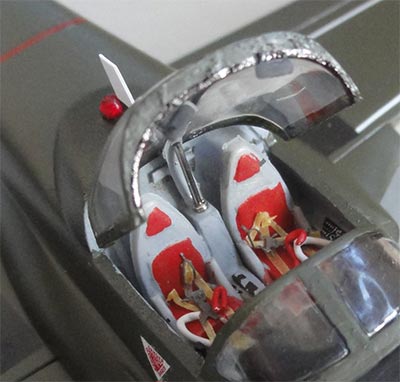
That completed this nice model in the "World Air Forces in Plastic" collection.
MALAYSIA
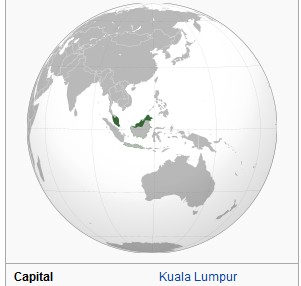
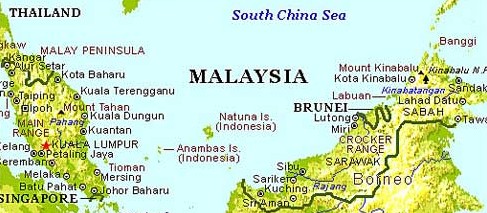




[ 330,800 sq.km | capital: Kuala Lumpur | 32 million inhabitants | GDP USD 10,000 per capita ]
The Royal Malaysian Air Force (RMAF; Malay: Tentera Udara DiRaja Malaysia "TUDM") was established June 1958 as the Royal Federation of Malaya Air Force (Tentera Udara Diraja Persekutuan). But military aviation started earlier in the 1930s in the than British Colony Malaya. The Malaysian Federation was formed September 1963 and gradually British forces left the country as well as Australia from the base Butterworth.
Twenty CL-41 Tebuens were acquired and flew from 1967 with no.6 and 9 squadrons with main base at Kuantan. They flew until 1986.
Other aircraft used in those days were types like the Caribou, Herald and S-61 helicopters. From Australia, CAC F-86 Sabres were received. Ex US-Navy A-4 Skyhawks were also acquired.
Later on in the 1980s F-5E Tigers arrived.....

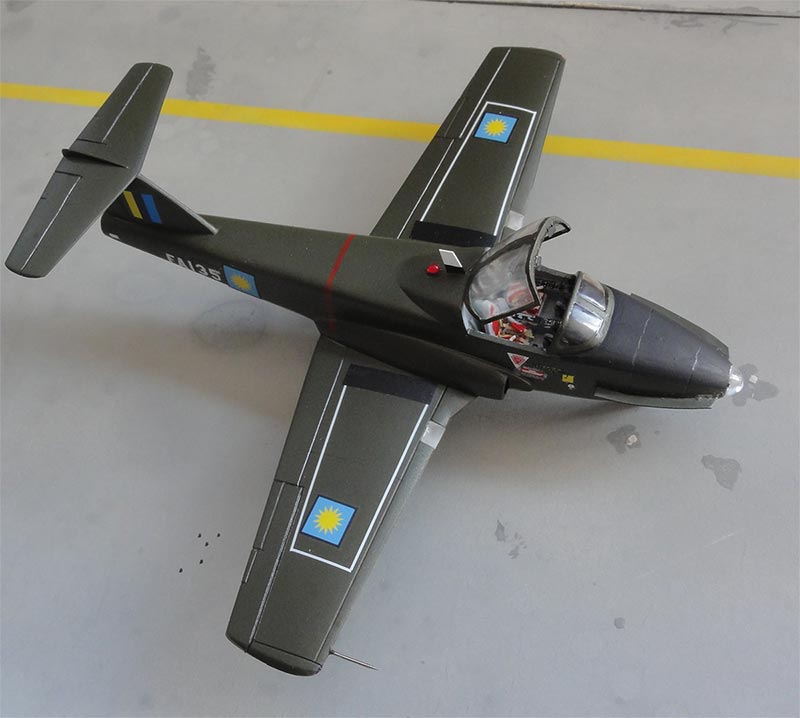
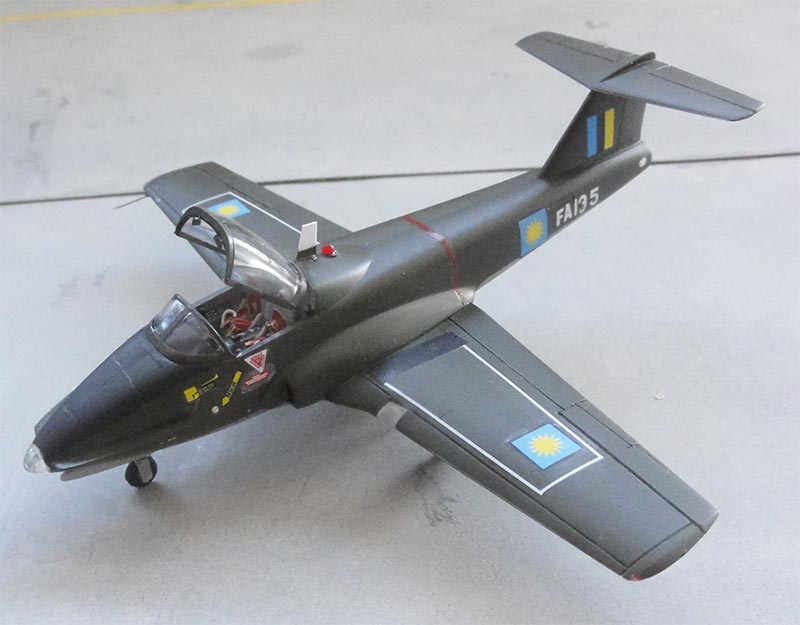

... on the platform....
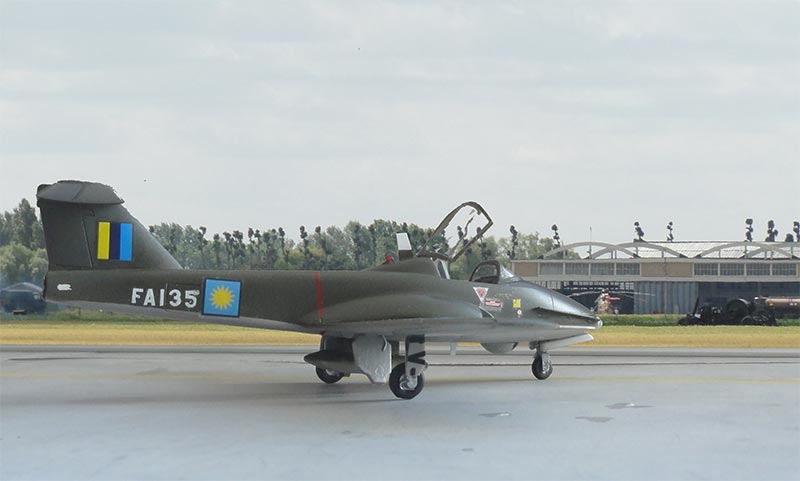
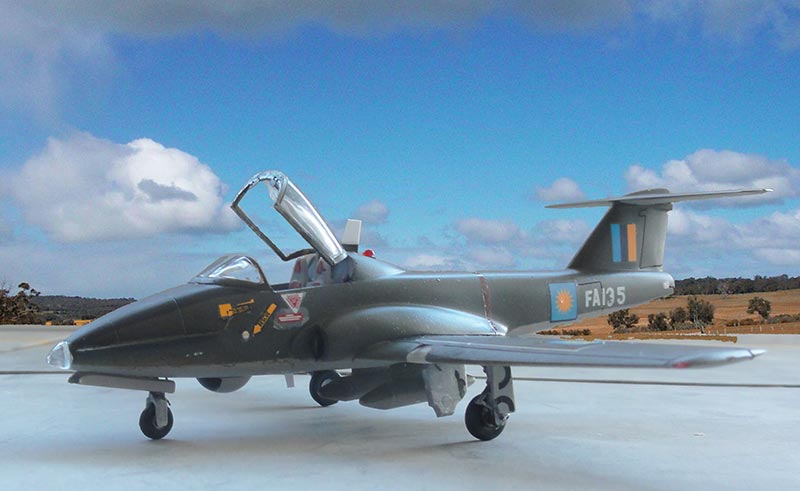
Malaysia CL-41 Tebuen
Note the fairing below the lower fuselage.
References (I only had a few!):
- Observers book of aircraft, Fred Warne, Green & Punnett, 1962 !
- Air international , Volume 42, page 341....
... and internet
- WIKI https://en.wikipedia.org/wiki/Canadair_CT-114_Tutor
Back to 1/72 Models

(c) Copyright Meindert "designer"/ All rights reserved. Your comments are welcomed by webmaster
Created this page July 2, 2018